2021 McLaren Artura revealed: why it's critical to the company's future
McLaren's hybrid Artura is its first all-new road car for over a decade and will be the basis of the entire model range. Being sensational to drive is just its first task, writes Andrew Frankel
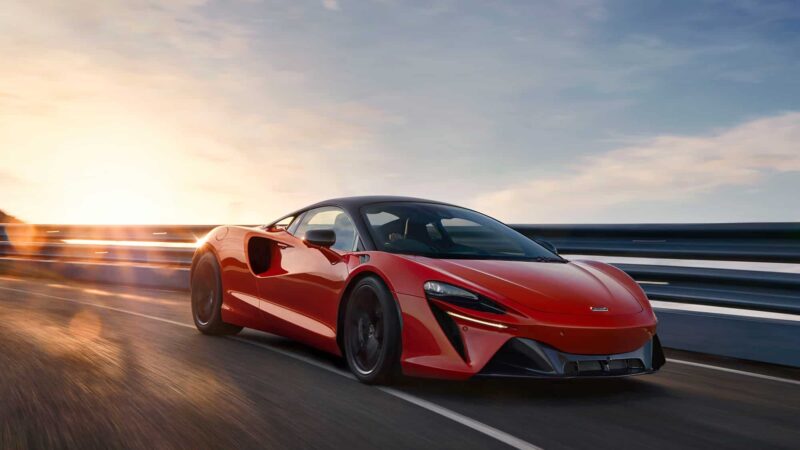
Sometimes a car company launches a new car whose significance goes far beyond its price and position in the range. In effect it resets the company. Volkswagen did this last year when it launched the all-electric ID.3 saying it was up there with the Beetle and Golf as three most significant product launch in its history. But to McLaren, the new Artura is way more important than that.
It is a new car from end to end, the first truly new car since McLaren Automotive’s first product, the MP4-12C launched a decade ago. Everything so far seen to date has been a development of that car – at times a quite extreme development, but a development nonetheless. All have been powered by versions of the same twin-turbo V8 powertrain, all have directed power to the rear wheels through a seven-speed double-clutch gearbox. None has had a limited-slip differential and only the limited numbers P1 and Speedtail have had hybridised powertrains. Most importantly the construction of their carbon monocoques was sub-contracted out to a company in Austria.
Compare that to the Artura, whose tub will be built in house at the new McLaren Composites Technology Centre in Sheffield. It will be powered not by a 3.8 or 4-litre V8, but a 3-litre V6 engine designed from scratch by McLaren. It will however to continue to be assembled by Ricardo on England’s south coast. Not only will it drive through a similarly new gearbox now with eight speeds, but it will be boosted by a hybrid drive system that raises the 577bhp of the V6 engine to a total system output of 671bhp, enough to fling the Artura to 124mph in 8.4sec.
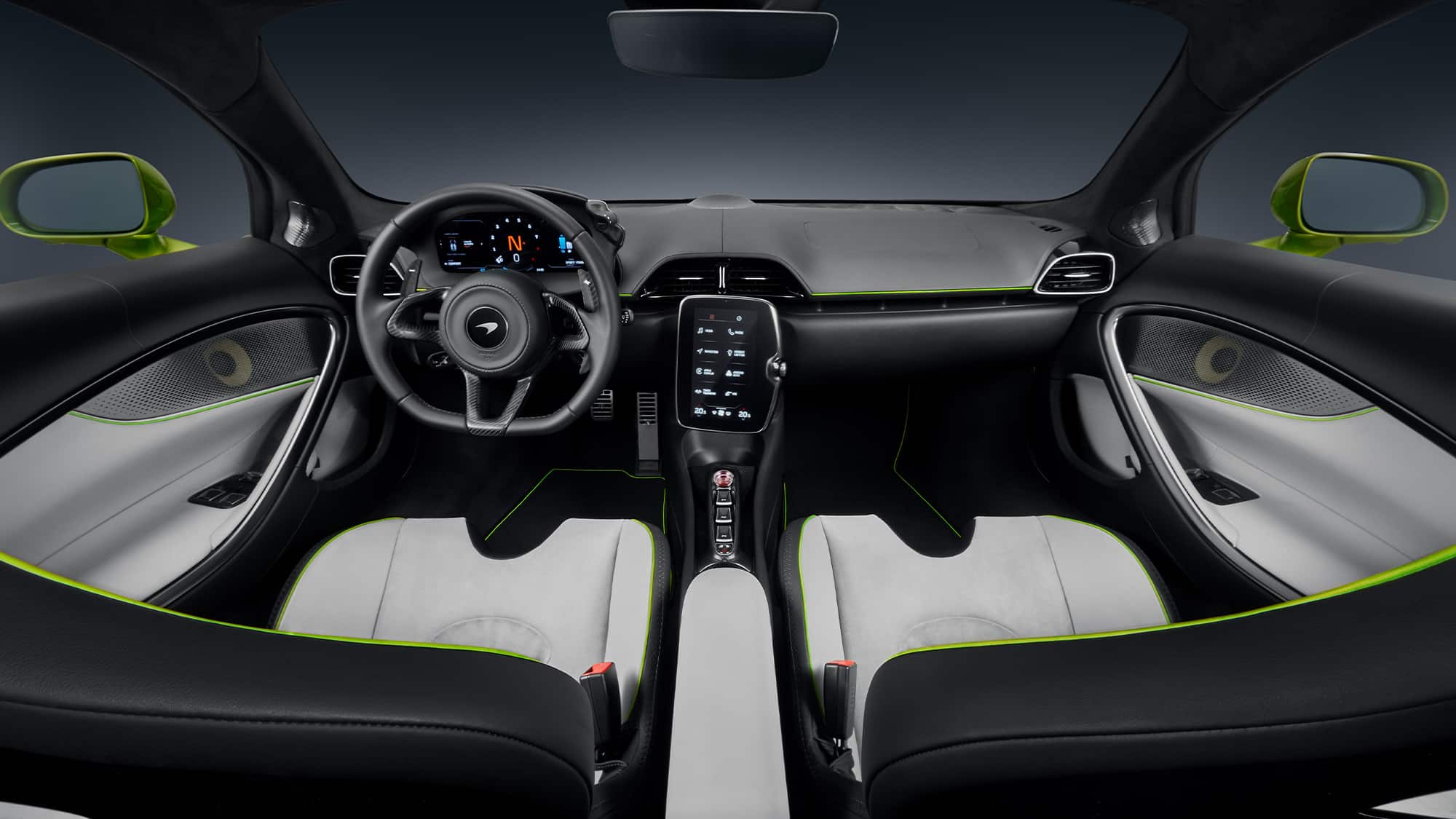
It will also have McLaren’s first electronically controlled limited-slip differential, allowing the car to enter a slow corner with essentially an open diff to kill the understeer that dogs purely mechanical systems, before providing whatever amount of lock-up is required to maintain traction to the exit. It’s nothing more than what Ferrari has been doing with spectacular success for years but it should allow McLaren to silence those who have complained of a certain trickiness on the limit from some of its cars.
But probably its greatest achievement is to package a hybrid drive of batteries, an e-motor and associated ancilliaries, an eight-speed gearbox, electronic diff, additional cooling and far higher equipment level in a car that nevertheless weighs just 48kg more than the 570S it appears to replace. And this, remember, despite producing over 100 additional horsepower.
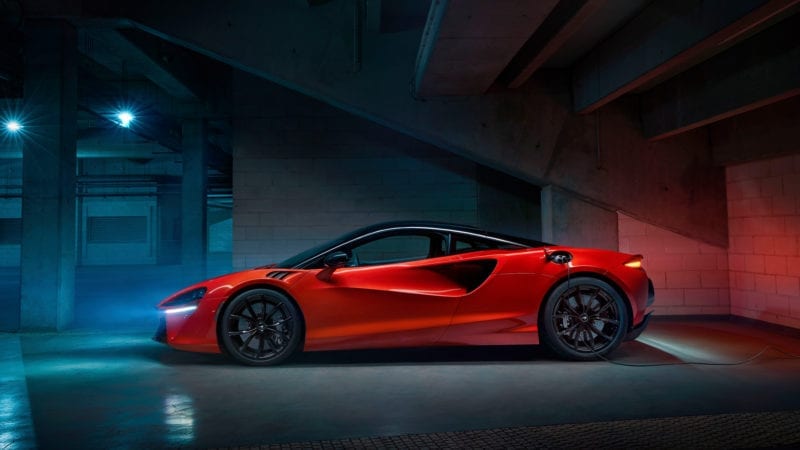
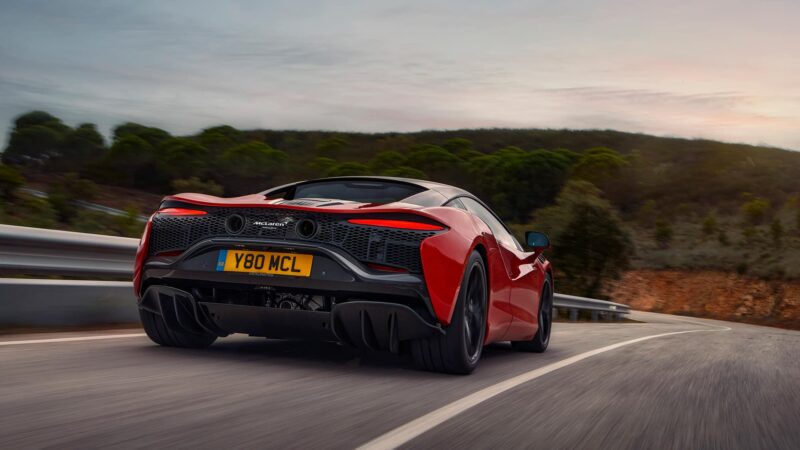
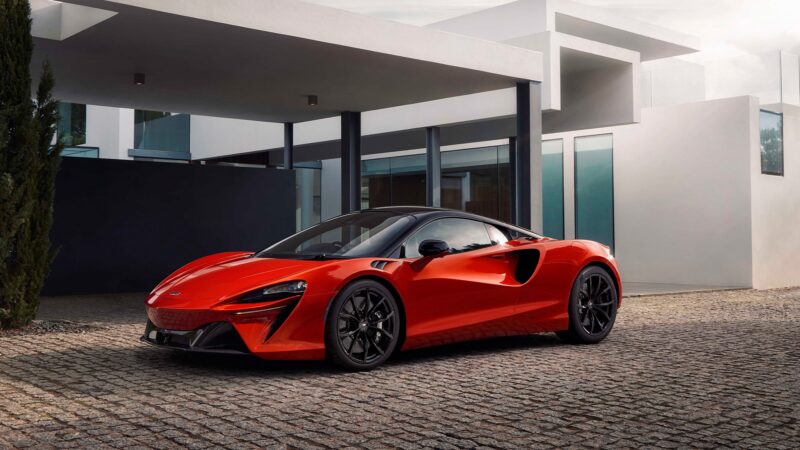
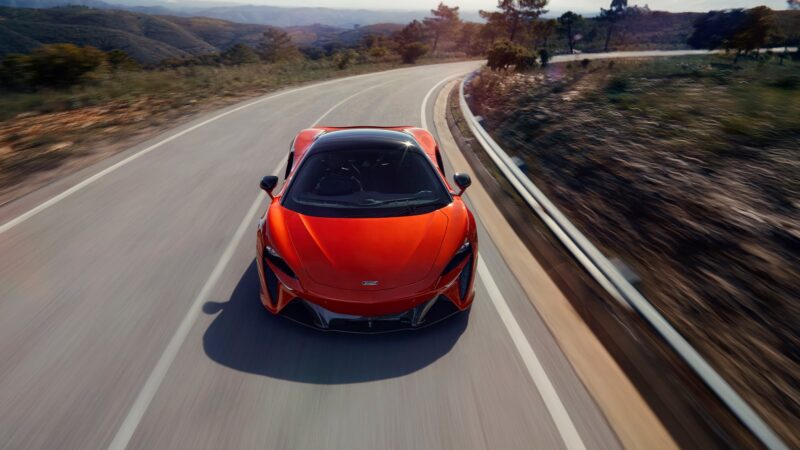
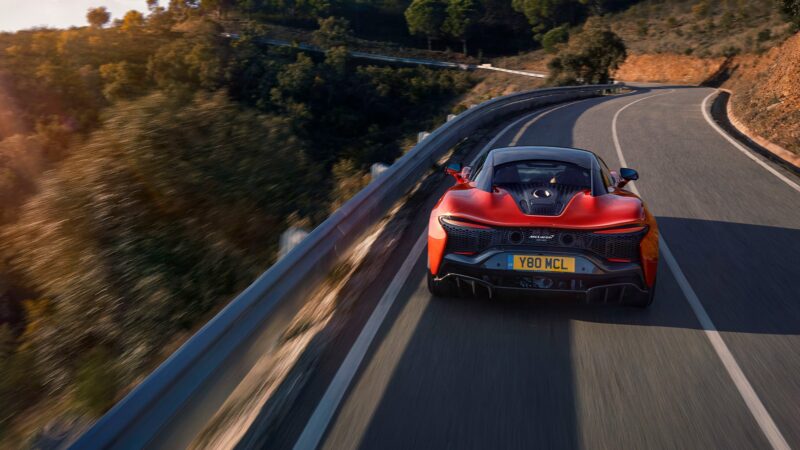
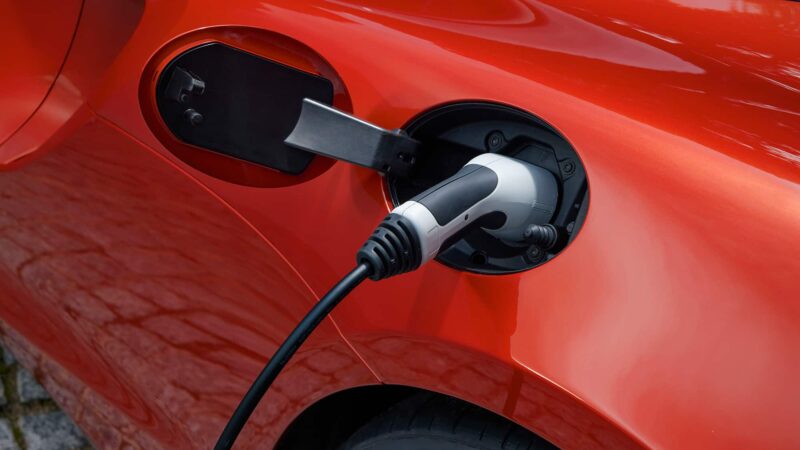
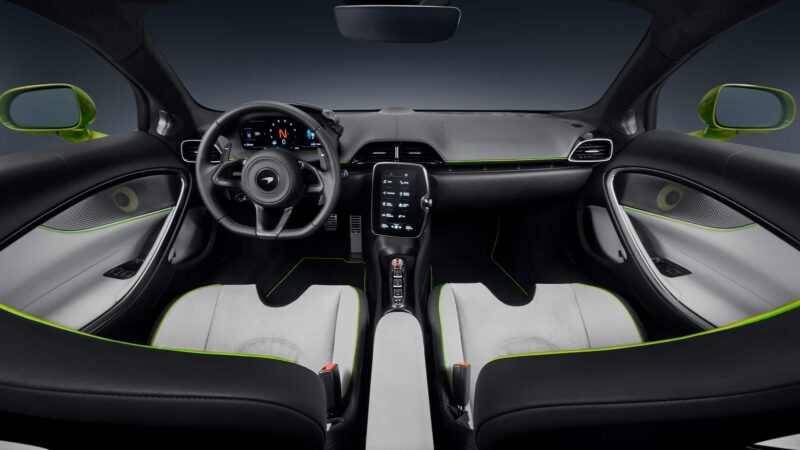
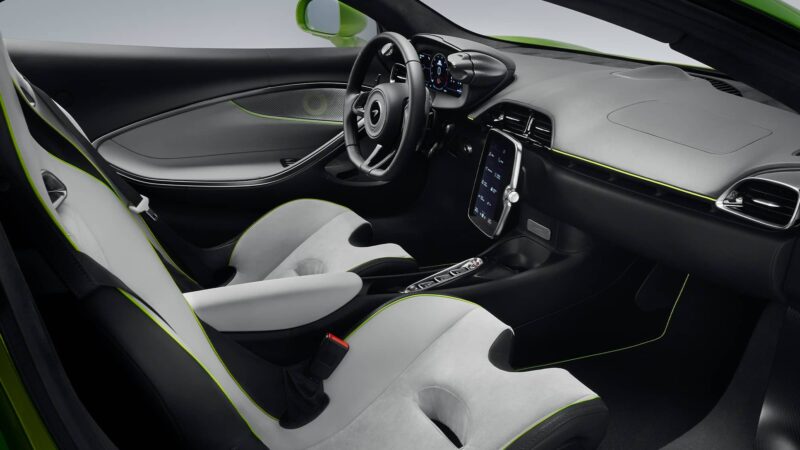

In reality, the Artura is not a direct replacement for the 570S and its Sports Series stablemates because not content with launching an all-new car, McLaren is launching a new model strategy too. From now on it will make supercars like this and whatever replaces the 720S, ‘Ultimate’ series cars like the Senna, Speedtail and P1 and a new, intriguing category of ‘GT’ cars. We already have the McLaren GT but that is a car limited by the old architecture. The new platform is easier to modify and adapt to different configurations, so I’d not be surprised to see a proper 2+2 GT to rival the Ferrari Roma but retaining its mid-engined configuration.
All further McLaren models will now be based around the new platform and all will have the hybrid engine. McLaren’s boss Mike Flewitt has told me before that hybrid is simply the way McLaren has to go because of future emissions legislation and that he is planning on making the biggest possible virtue of that undeniable necessity. And while it is novel to think of a McLaren you can plug into the mains and which will cover nearly 20 miles on electricity alone, the real bonus to McLaren is the 129g/km CO2 figure it allows the company to claim. You might raise an eyebrow at the fact this figure is lower than that of a 132bhp, 1.5-litre Mazda MX-5 and it is clearly an utter nonsense, just don’t blame McLaren or, indeed Mazda. Blame the people who dreamt up the ridiculous testing protocols that allow it.
So far as can be told from the specification alone the Artura already seems well on the way to cementing McLaren’s reputation as the go-to destination for people who care about more than how they think a supercar makes them look. If it is anything other than stunning drive, I’ll be genuinely shocked.
But that is only half the job, and McLaren knows it and this is why the Artura is not just important to the company’s future, but critical. The other half is probably more difficult, namely to restore McLaren’s reputation among its prospective customers after what has been an incredibly difficult year for the company. There is a perception, largely undeserved in my experience but undeniable nonetheless, that McLaren’s build quality has at times been patchy; less open to debate is that there has been oversupply of certain models leading to downward pressure on residuals. So the Artura needs to come complete with Porsche levels of construction and durability. Because it is only by doing so that it will augment the company’s reputation not only as a creator of cars that are outstanding to drive, but to own as well.

